Media | Articles
7 cars with recycled names
Cars should have names. They deserve them. Sure, 911, 308, and 507 are numbers that conjure up exciting cars—a Porsche, a Ferrari, and a BMW—but a name evokes the character of the car and inspires an emblem worthy of its sheetmetal. You might think of the snake’s heads used on the Mustang Cobra and Dodge Viper, or of the Lamborghini Espada’s name in script, which incorporates a sword. Like the names, these emblems aren’t strictly necessary, but they are one more way for a designer to add a flourish.
It’s not always easy to name a vehicle. Once you think you have something perfect, you’ve got to make sure that a car isn’t already using that name. Or maybe you don’t check.
We’ve found plenty of names that have been dropped by one automaker and picked up by another. Here are seven of them. If we forgot your favorite, let us know.
Chevrolet Suburban and Plymouth Suburban
Chevrolet and Plymouth have each put the Suburban nameplate on a station wagon. Plymouth used it on car-based long-roofs starting in 1949 and, after a hiatus, on Fury wagons from 1968 to ’78. The truck-based Chevrolet Suburban has been in production since 1935, making it the oldest automotive model still in production.
Marketplace
Buy and sell classics with confidence
The name was also applied to GMC’s version of the Chevrolet Cameo pickup.
Studebaker Commander and Jeep Commander
Jeep’s Grand Cherokee–based three-row off-roader used the same name as Studebaker’s long-running model line. (For even more SUV name-sharing, a submodel of the Studebaker Commander was called Land Cruiser.)
Jeep’s Commander had all of the Grand Cherokee’s proven four-wheel-drive hardware, but its proportions were a bit ungainly and its third row was cramped. It only lasted for five years, when its role was filled by the Dodge Durango.
Studebaker Daytona and Dodge Daytona
Even when Studebaker was gone, its model names lived on. Lots of them, it seems.
The Daytona, which was born as a sporty, bucket-seat option for the compact Lark, shares its name with Dodge’s one-year-only winged car that took on NASCAR superspeedways in 1969 with its wind tunnel-tuned long nose and tall wing.
In 1964, Studebaker’s entry-level Larks were dubbed Challenger. Studebaker ended production in 1966, just four years before Dodge introduced its E-body model under the same name.
In 1984, Dodge revisited the Daytona name for its FWD sports coupe.
Dodge Lancer and Mitsubishi Lancer
Dodge used the Lancer name on some of its late-’50s Coronets that employed two-tone paint options, tasteful chrome, eccentric fins, and bold taillights. They are fun and flashy, everything that people love about ’50s American cars.
Then there’s the 1961–2 Lancer, which has all the curves and fins of a full-size car crammed onto a compact wheelbase. These Mitsubishis are gaudy, yet strangely appealing.
The latter, dubbed the Colt and sold as a captive import* by Dodge, was the basis for the brand’s most beloved rally homologation model, the Evolution. Lancer production ended in 2016, foreshadowing the discontinuation of many sedans across the industry, and leaving Mitsubishi with a crossover-heavy lineup in the U.S.
*When a parent company imports an existing vehicle and sells it under the guise of a different brand. Think”rebadged.”
Muntz Jet and Hudson Jet
Unlike most of the cars on this list, these two models were built concurrently. Each Jet began production within years of the other, with Muntz using the moniker for its sleek, hand-built fiberglass convertibles beginning in 1951. Hudson used the name in 1953 and ’54.
You wouldn’t confuse the two cars, as the Hudson is a dowdy sedan that doesn’t seem worthy of such a cool name. Come to think of it, the Muntz doesn’t seem very jet-like, either.
Renault Encore and Buick Encore
If we told you the designer of the AMC Javelin collaborated with the man who penned the Citroën SM and Alpine A310, you might expect something memorable. Instead, we got the Renault Encore, a totally ordinary three-box car that was sort of cool in GTA trim yet otherwise unremarkable.
It sold well for AMC and Renault, but didn’t get an encore of its own, as Chrysler’s purchase of AMC meant the Dodge Shadow already occupied that place in the market.
Like the Renault, Buick’s Encore is powered by a variety of four-cylinder engines and isn’t terribly remarkable, either. Once the brand’s best-selling model in North America, it was discontinued for 2022.
Oldsmobile Fiesta and Ford Fiesta
Oldsmobile applied the Fiesta badge to a number of wagons over the years, and some of the hardtop varieties were striking. Any vehicle, if it has room for plenty of passengers and also happens to have a tailgate, provides the right conditions for a fiesta, but what about Ford’s subcompact hatch? There wasn’t anything to celebrate until the performance-oriented ST model debuted, and then Ford pulled the plug. Party pooper.
***
Check out the Hagerty Media homepage so you don’t miss a single story, or better yet, bookmark it. To get our best stories delivered right to your inbox, subscribe to our newsletters.
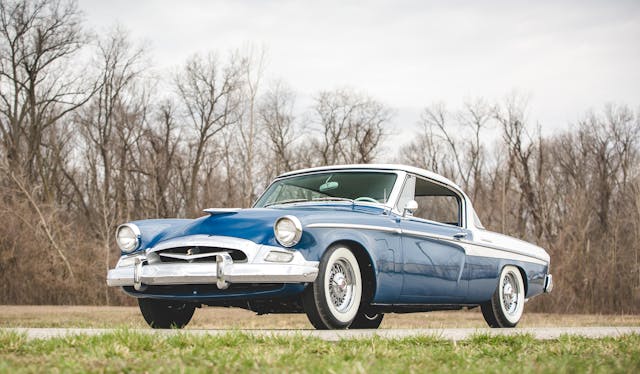

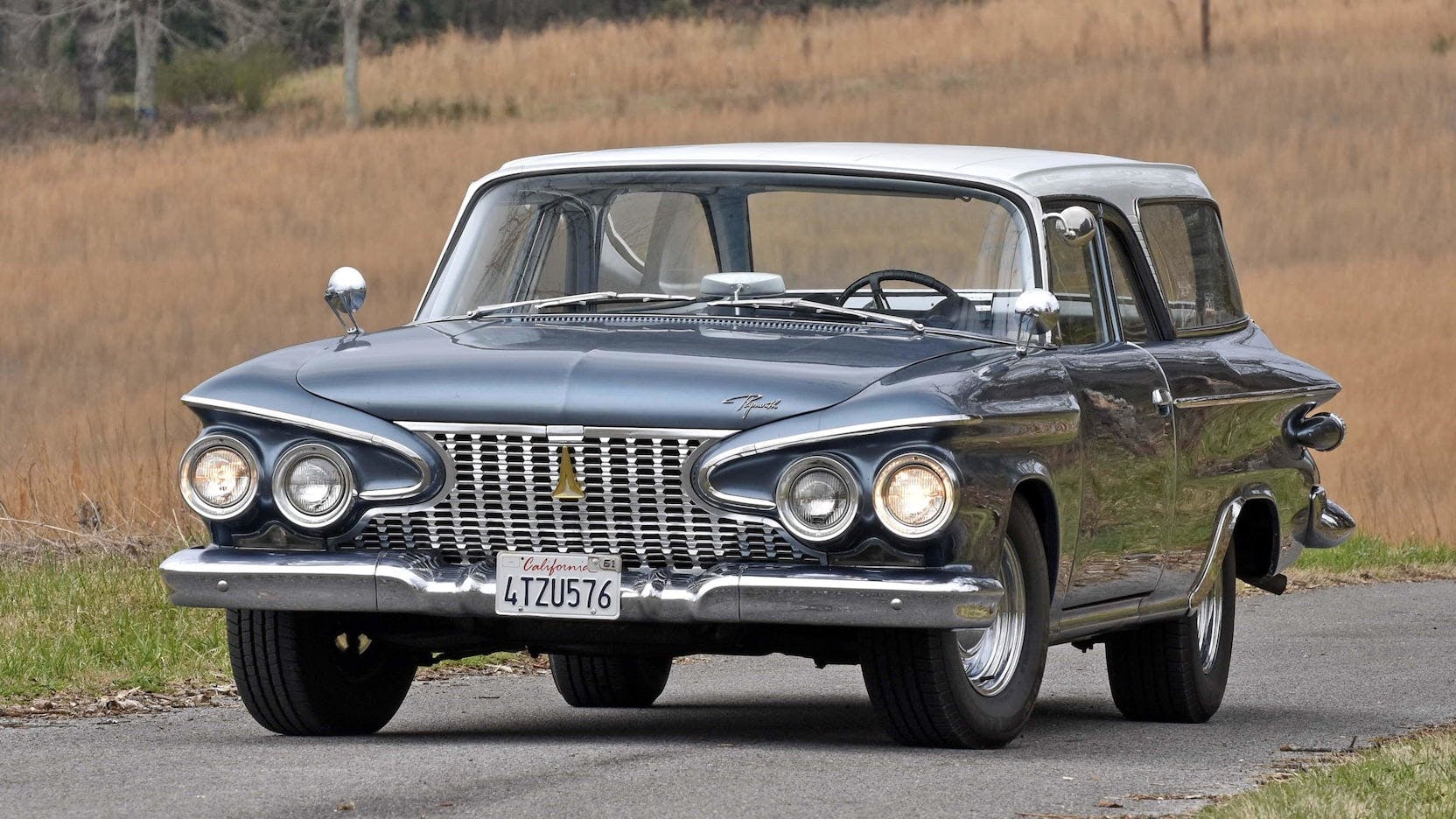








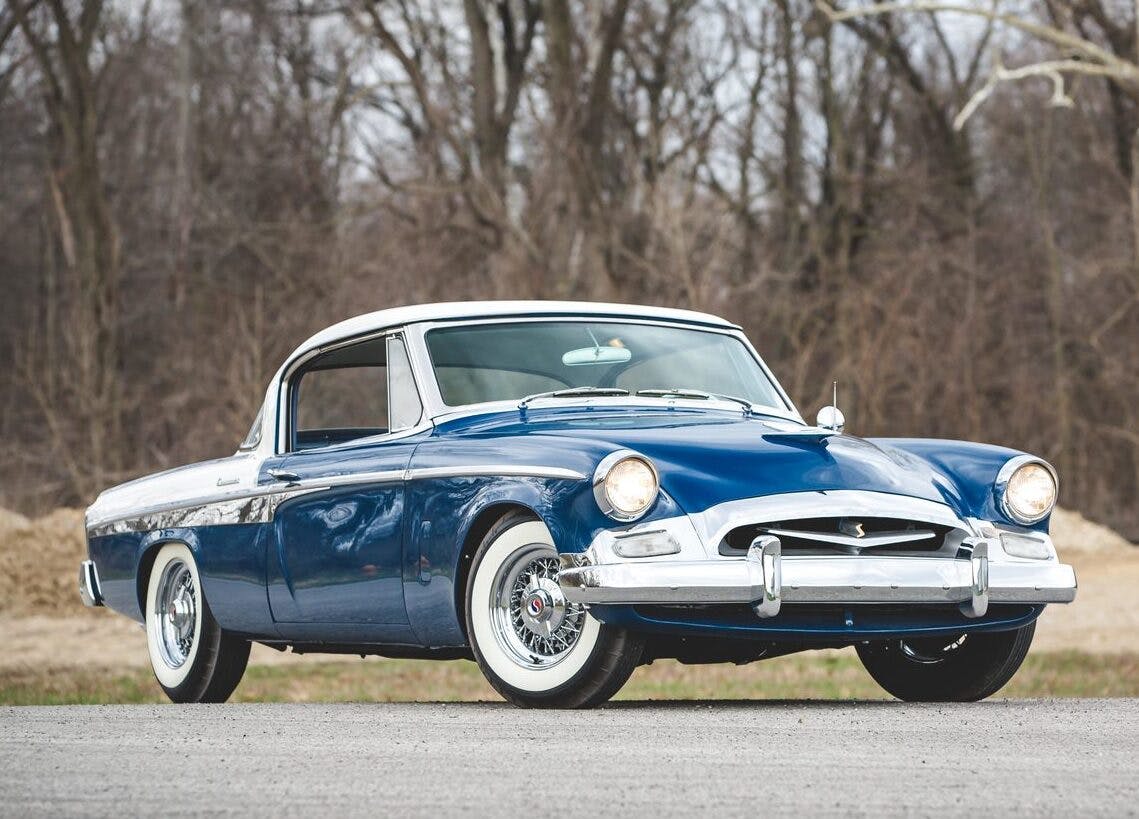
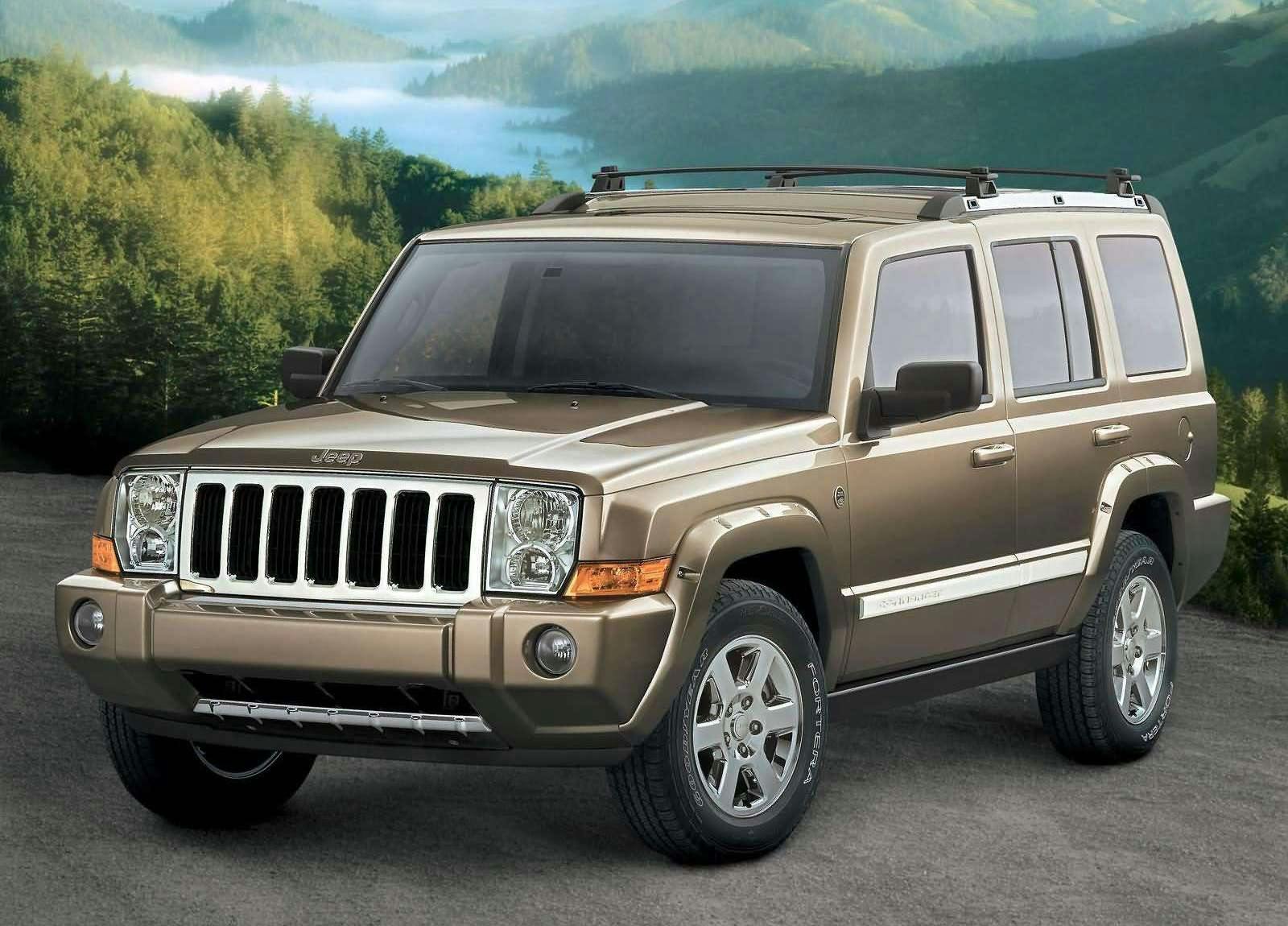
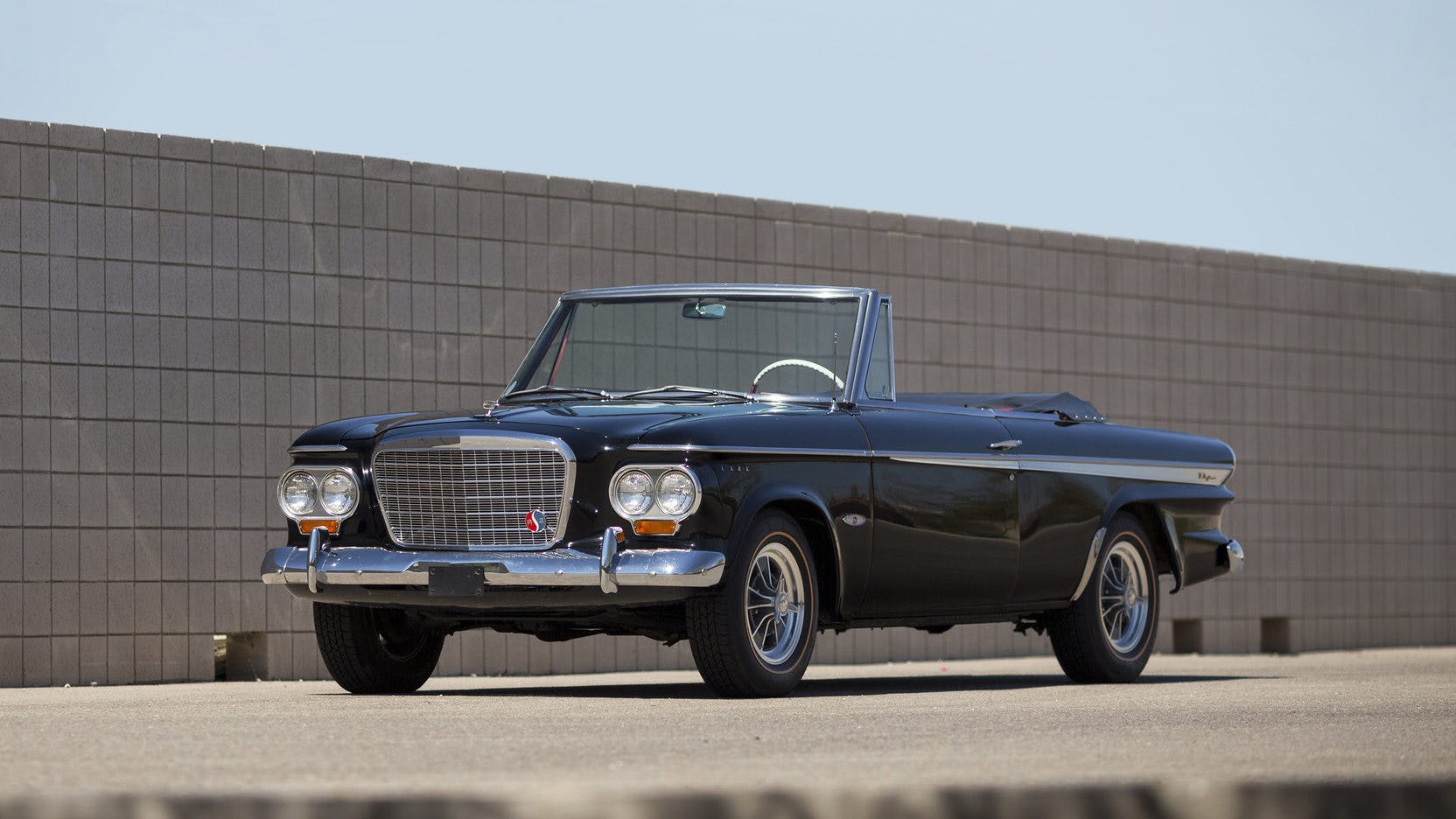
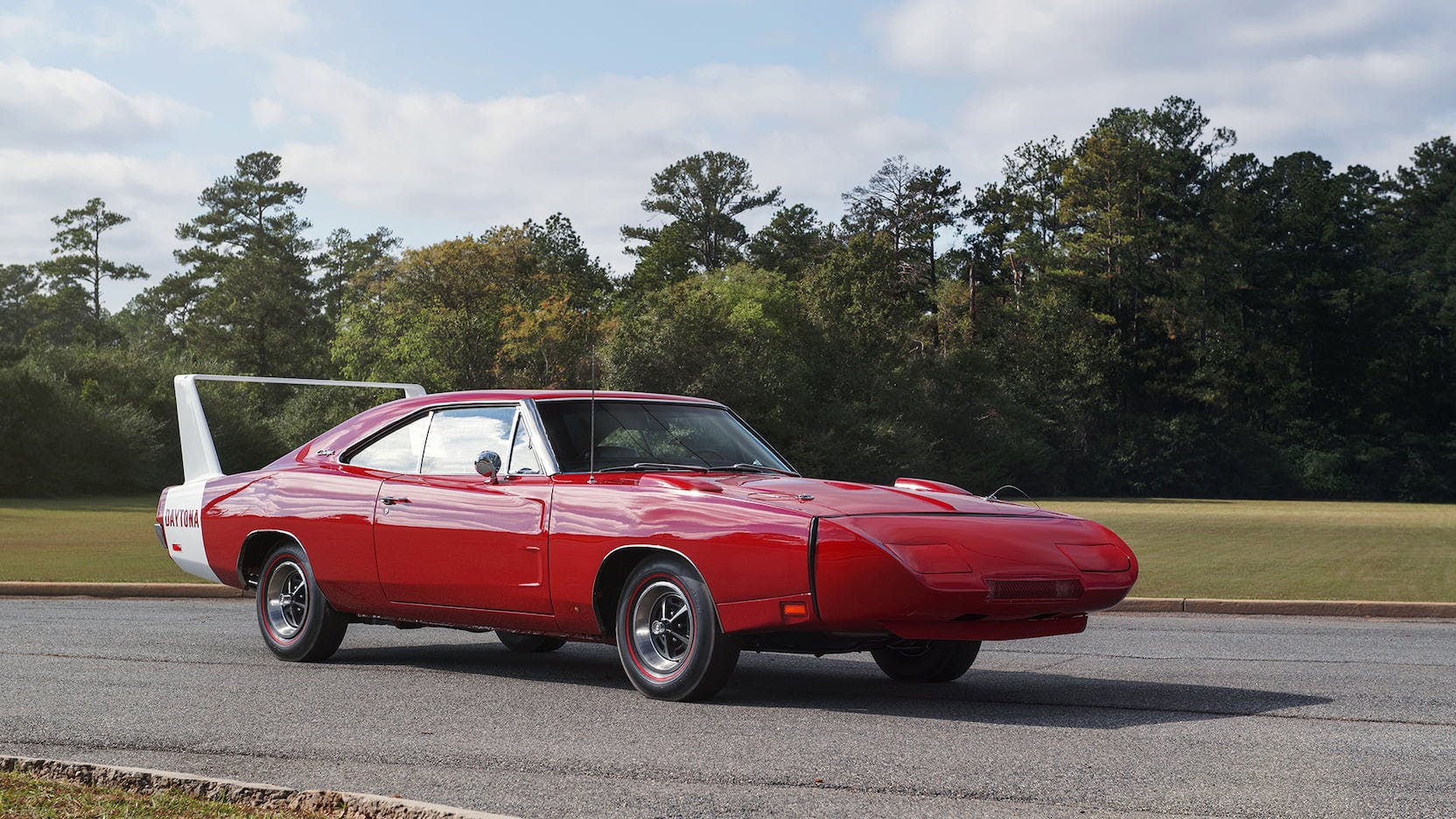
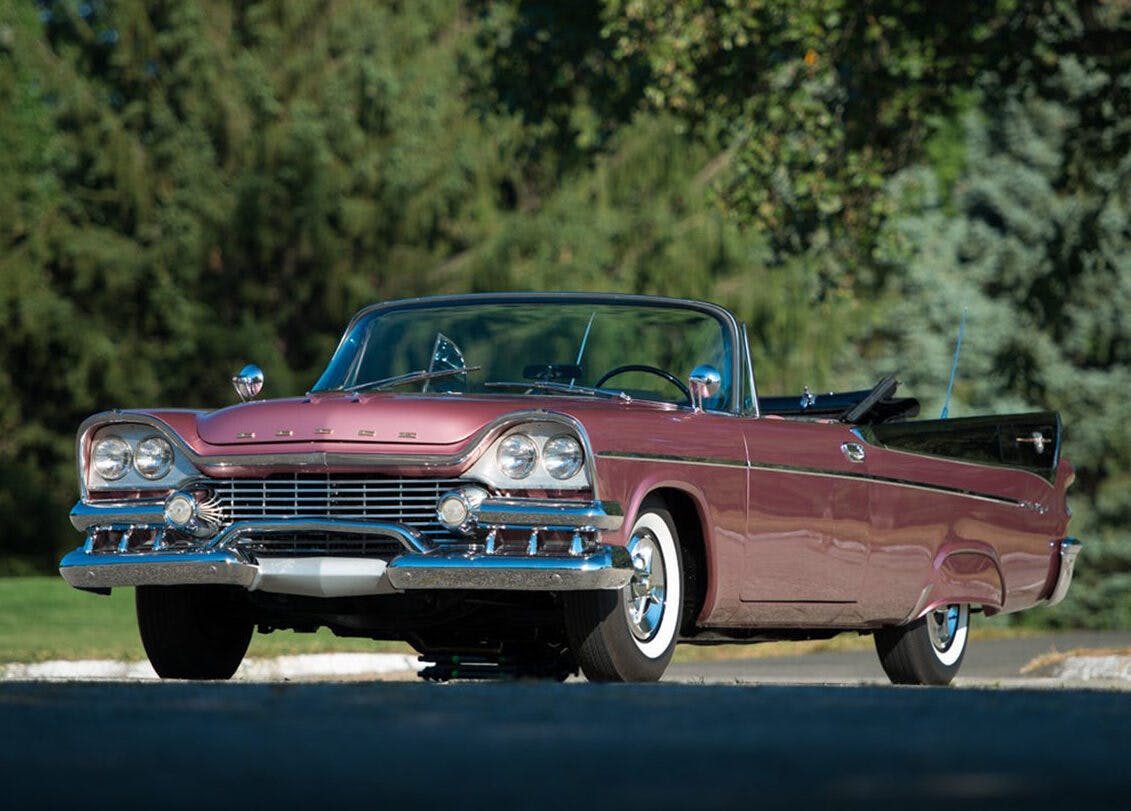
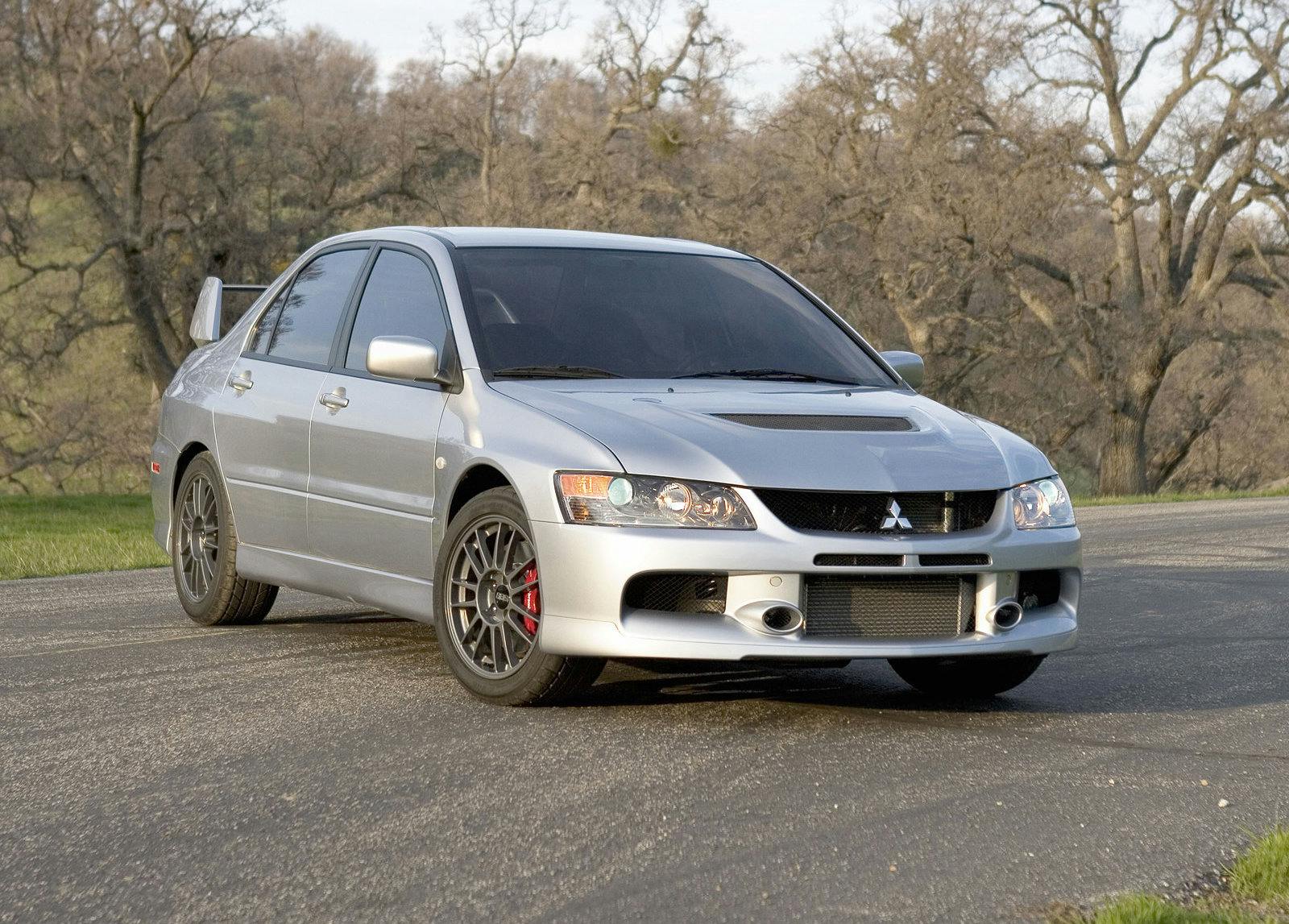
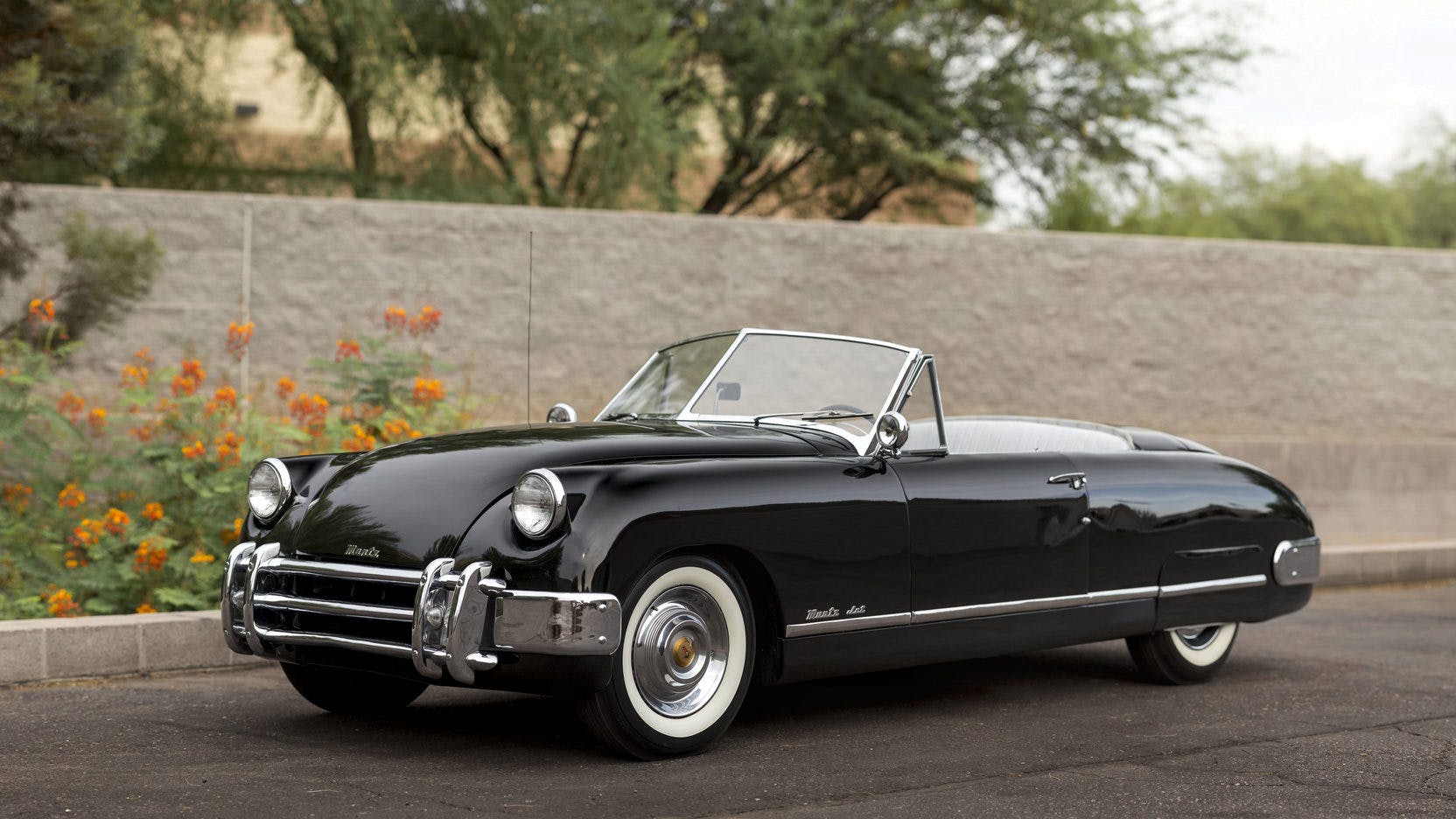
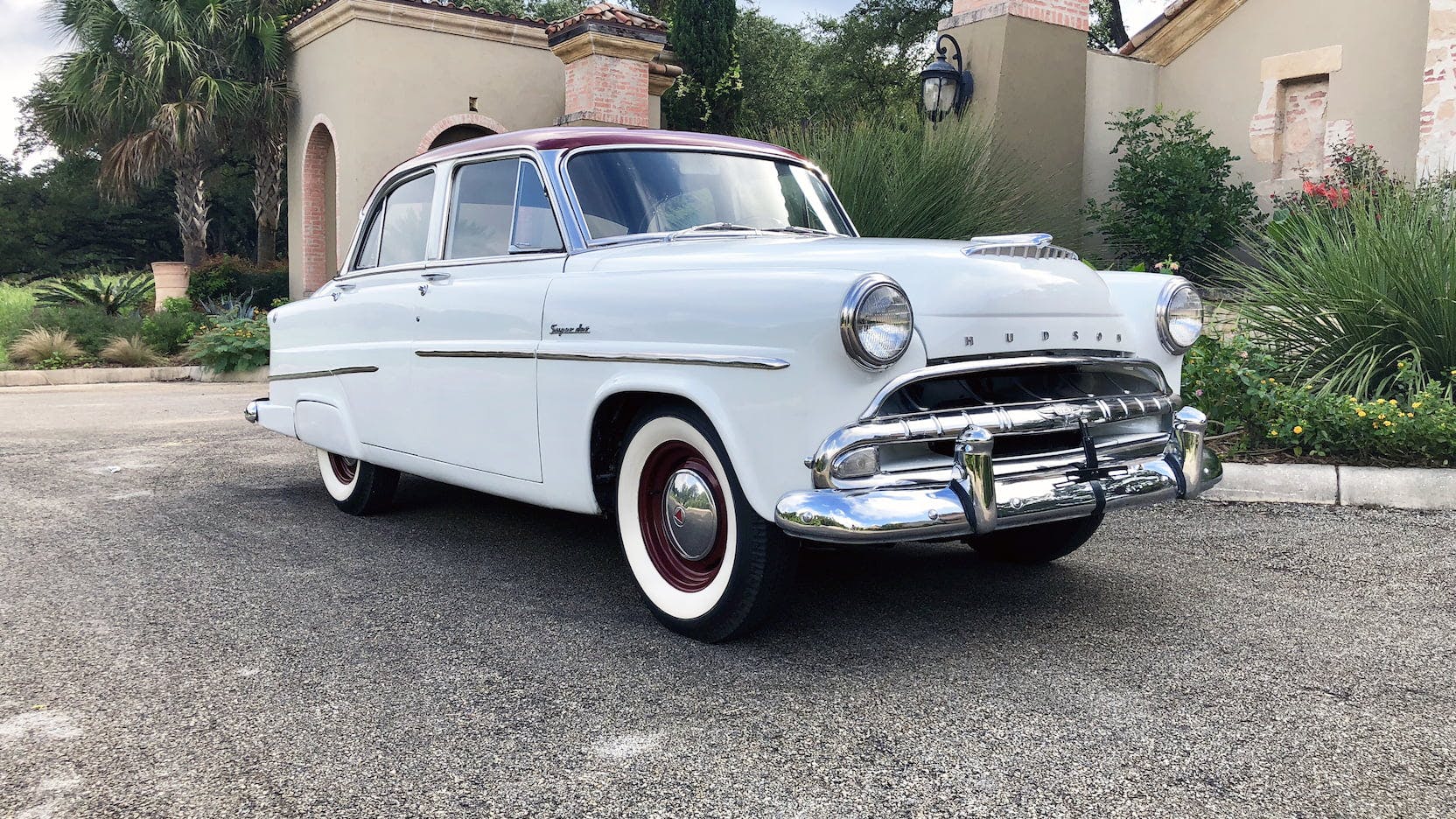
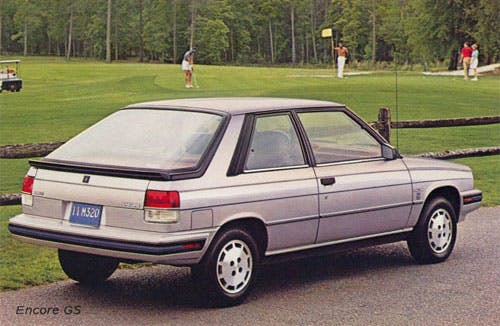
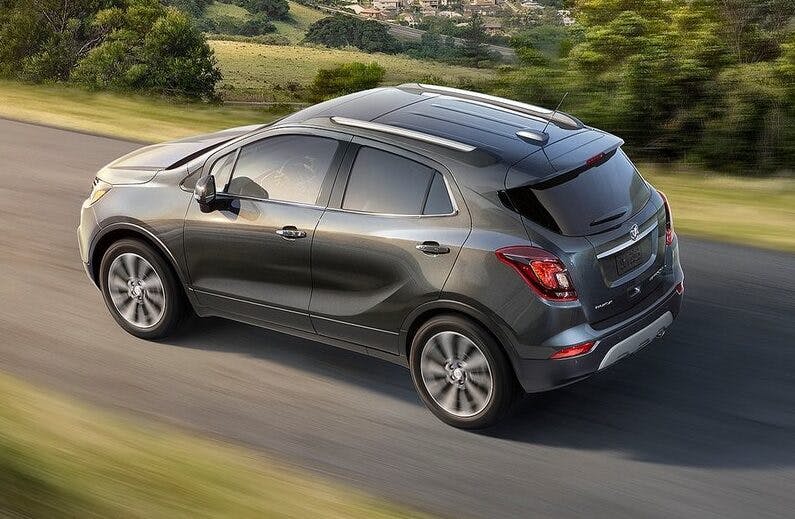
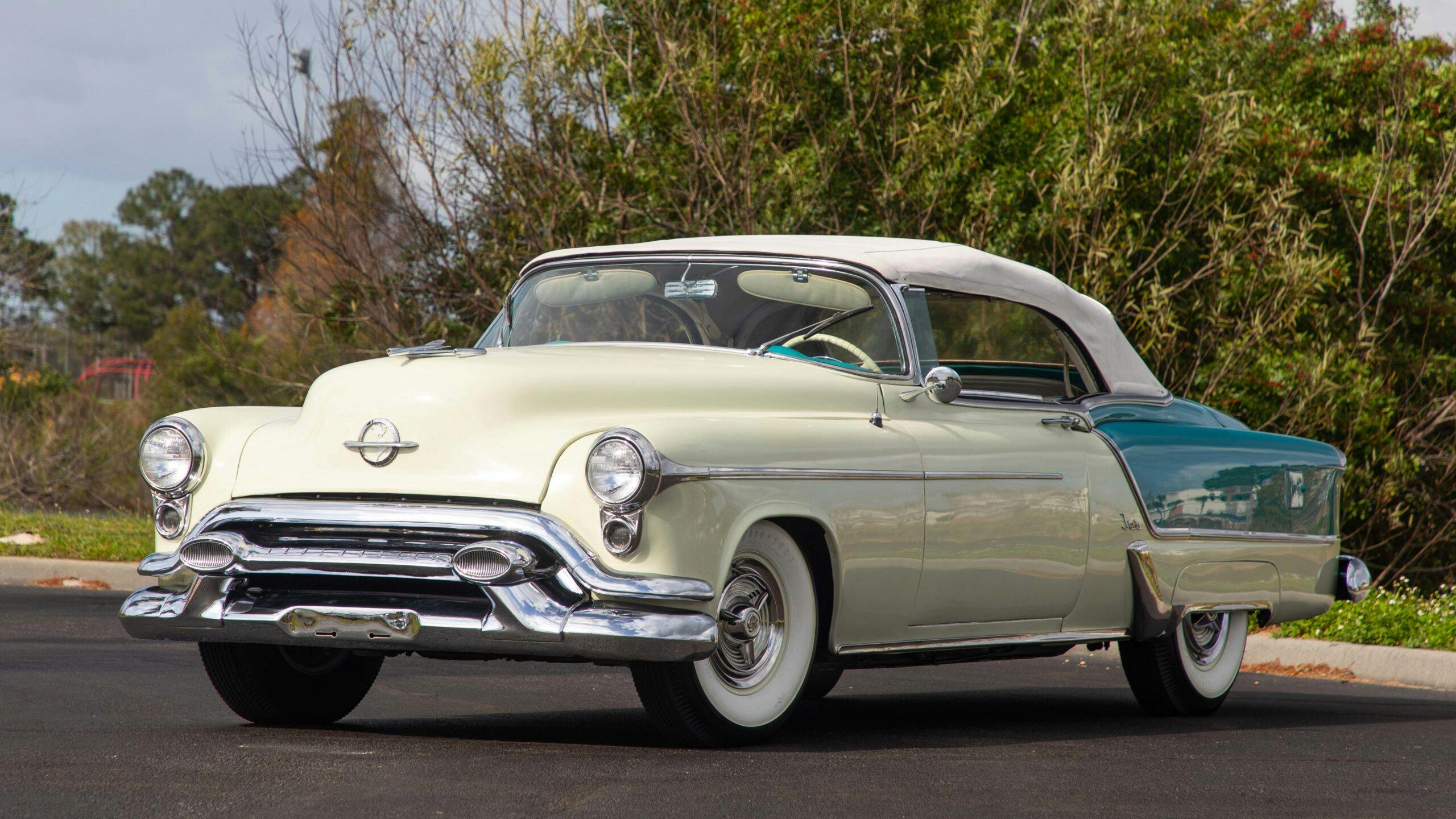
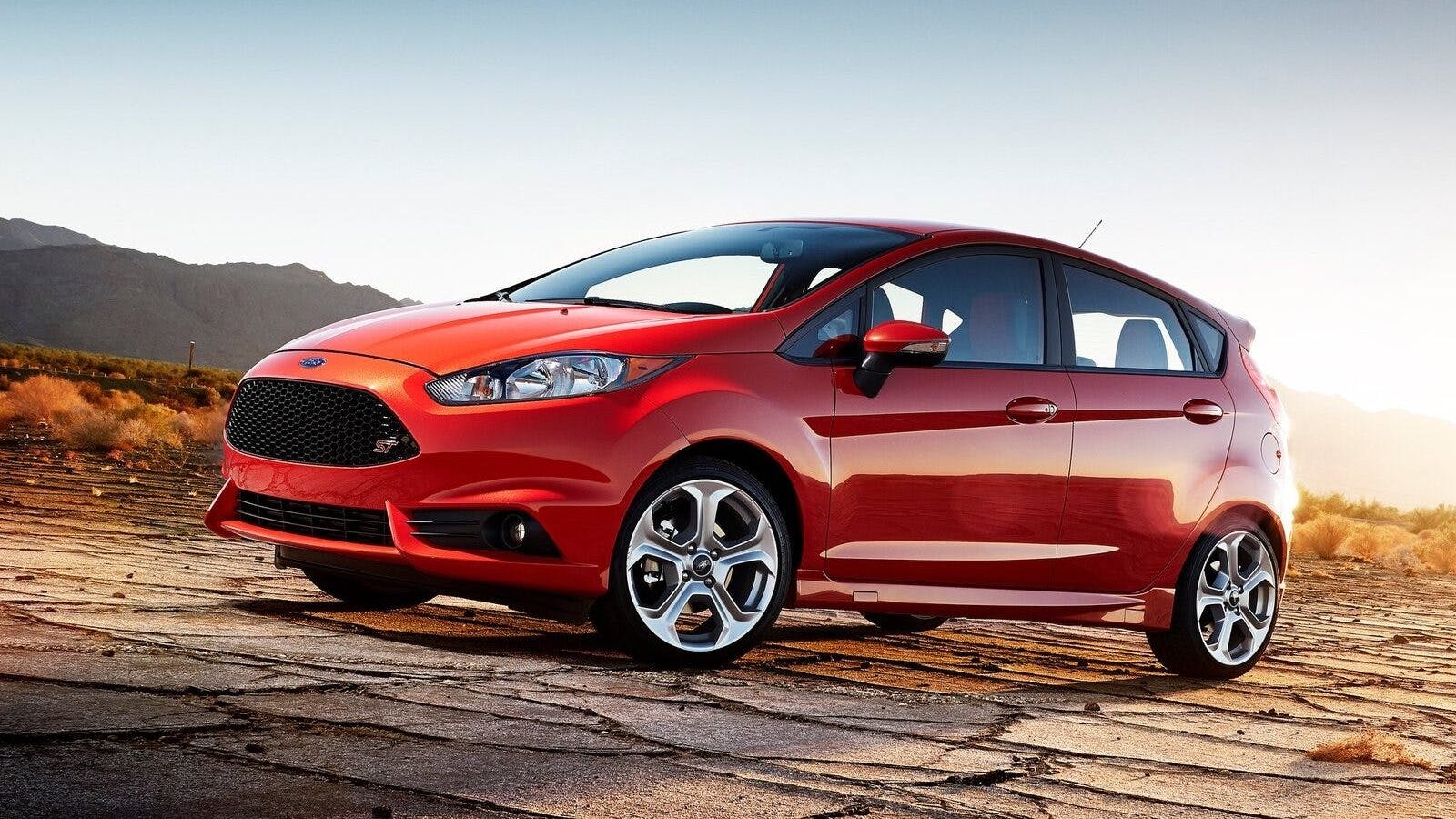

















Believe it or not Fiero was recycled.
While the story was it was found in a Italian dictionary later at night at a naming meeting it was used by Pontiac about 13 years earlier.
The Fiero showed up on a Firebird in 1969. It was short for Firebird Aero Concept. FI ERO.
Monza has been models and trim as has Tahoe. My S10 was a Tahoe trim before it was a SUV.
Edsel was a Citation trim and later a Chevy model. Hmmm?
automakers keep list of registered names and often keep them registered for future use or prevention of others using the same name.
It is actually a very involved process once you add in the clinics on names, the legal cost to secure them and other factors involved.
This is why numbers and names that are made up are so popular as there is much less cost and legal issues involved.
I have been told some names to develop, securing legal rights and other issues can cost $15-20 million dollars in some cases. That was a while ago it may be more not. They really have to dig to see if anyone owns the rights and to do their due diligence to prevent any legal issues.
Porsche originally wanted to call their new sports car the “901” but Peugeot warned them that they owned the rights to all 3-number sets with a “0” in the middle.
This is why all the 911 part numbers start with “901”.
What about the 908? Porsche had several model with 0 in the middle
Peugeot mainly objected to street cars as opposed to primarily race cars.
Hmmm, can’t wait to see a resurrection of “Pinto”.
Pinto Pony MPG! But don’t hold your breath…
Or the Vega, Gremlin or Pacer !!!
Excel had a Pacer in1958
*Edsel
…and a Citation.
And a Ranger
That’s what they should have named that silly Mach-E, rather than sullying the Mustang name!
Absolutely!
I just want to say being in a car business my entire life, everybody made fun of the Pinto and how bad it was and how it could catch on fire well, how many of you know that the early mustangs also had the trunk floor was the top of the gas tank Nobody ever bellyache about that car because they sold. The 2.3 L engine in the pinto Ford used for a very long time because it was really reliable. I’m no Ford guy, but I just feel bad that people beat up the Pinto when it was no different than what the original mustangs were.
Several months ago, the owner of a famous restaurant and his son were stopped at a light in Calabasas while in their restored ’65 or ’66 Mustang. Drunk driver hits them from behind and the car explodes ending their lives. Same cause as Pinto design.
I had a 2.3 in a Mercury Bobcat (a dressed up pinto). Those engines were bad for the first (or #1 cylinder.) For some reason, everyone of them I saw slapped. The piston skirt would crack or break. Just the front one for some reason. I had to have mine re-sleeved.
We went to the Golden Corral tonight for dinner. Sitting afar in the parking lot was a red-rusty looking mid 70’s Pinto hatchback. My first thought was, how did it escape the rearending explosion!
A friend of mine was on his way home one night and came upon a stalled Pinto in the left lane of I – 80 on a blind curve. He swerved, but clipped the right rear quarter of the Pinto. It spun, hit the retaining wall and exploded in a ball of fire. Two young girls were severely burned but survived. My friend had to testify in the Federal Hearings regarding all of the exploding Pinto’s.
They were lucky to escape with their lives. When I lived in Peoria, Illinois 50 years ago a guy sitting at a stop light in a Pinto and was rear ended by a car going about 35-40 MPH. The doors jammed and the car bust into flame so fast no one could get the guy out before he burnt to death.
I had a 71 pinto. Loved that car. For safety I put a Flammable decal in the back window. ( never had a tailgater)
You didn’t also add the circular red and white target bullseye?
I’d take a bare bones car like that in a heartbeat. Look how well the new Maverick did.
My first car was a 71 Maverick Grabber. 302 engine. great car but the infamous c-4 transmission ended it. Took it to 3 shops. No one was able to get it to shift correctly. And all the c-4s I can remember over-sped the 2-3 shift. I got used to them an automatically lifted just a bit off the accelerator when I knew the shift was coming. Many auto shops had a sign up that said they would not be responsible for the outcome if you wanted a fluid/filter change.
Why not? There’s the Maverick truck! There is rumor of a cheap truck from Ford and other to compete with the Toyota IMV 0 (not that it would be sold over here — too industrial looking — but would be a good farm truck…). Pinto would be a good name for it! The little Transit Connect with an open bed would have been a good start, but it’s being discontinued.
Crosley has cobra in the fifties, Al
So used super sport in early 50’s
Crosley’s CoBra explained its engine (not a model name). The engine block was sheet metal brazed together–thus COpper BRAzed–lightweight but short-lived. It was replaced with a more conventional cast iron block CIBA emgine.
Edsel had a Pacer and a Ranger as well as a Villager
Ranger was a trim level for Ford trucks in the ’60’s & ’70’s
And now Ford has brought back the Maverick only in truck form.
In the early 90’s Ford Australia had a rebadged version of the Nissan Patrol called the Maverick.
And so was Explorer
I owned a 1972 Ford Ranger, Long Bed. 460 CID, MPG Highway= 12.6. Did not matter so much back then!
Had one of those too. 12 MPG empty or carrying a full load. Didn’t matter. I could go over the passes in the Rockies pulling a loaded car trailer as fast as I wanted with that truck. It was a brute.
Was El Dorado used before Cadillac and /or 1967?
There are tons of examples of trims becoming models. Ranger comes to mind immediately.
Lots of doubles. How about some triples? Hudson Hornet/ AMC Hornet/ Dodge Hornet. MG Metro/ Geo Metro/ International Metro. Or multi-car model names: How many cars have GT, Sport, XL, Premium, Touring, EX, or Limited models? Or is there credit for clever. like the Glenn Pray Cord 810 replicas that were 8/10ths of a Cord 810?
Speaking of triples, in addition to Chevrolet and Plymouth Suburbans, there was the DeSoto Suburban from 1946 -1954.
To add to the Dodge and Mitsubishi , though perhaps pre-dating them id the Austin Lancer of 1959+ an Australian version of the BMC 1500 sedans.
Its marketing cry “The Austin Lancer is the answer” though it did not stipulate the question.
Lets not forget that from 1985 to 1988 Dodge also had the Lancer of which there was also a Shelby version
I was surprised to hear that Chrysler has resurrected the Hornet name. Obviously, they acquired it when they absorbed AMC and all of its ancestors. I wonder how many buyers will realize they grew up watching the earlier Hornet in “Cars”. Pacer was another Edsel badge recycled by an unrelated marque.
Sudebaker badges were acquired by Rambler/Nash/AMC and were purchased by Chrysler. “Jeep” has been used by several manufacturers including Willys. Hornet was a Hudson name eventually winding up with AMC then Chrysler.
I owned a 73 Hornet X hatchback, GREAT car, the 74 Hornet X hatchback model was used in James Bond film for barrel roll sequence.
The above posts contain other examples omitted. Might add that “Suburban” is the longest continously running nameplate with Mustang in second place.
The new Dodge Hornet will reflect the THIRD use of the name by three different companies.
Studebaker had no connection with AMC. Chrysler did ‘inherit” the Hornet in the AMC acquisition.
Names that are not re-registered become available for use by any manufacturer. Interestingly, Ford beat Chrysler to register the Falcon name for it’s compact car (reportedly by less than an hour) despite Chrysler having used the Falcon name on a Ghia designed show car in the mid-’50s. The Chrysler compact was named Valiant instead.
Ford marketed a Starliner model for ’60-’61 after Studebaker discontinued its use of the name.
That photo of the Studebaker was beautiful. I’d buy one if I could find a nice one.
Studebaker built some great looking cars that were ahead of their time.
Charlie, find a Studebaker club. Somebody is bound to have one. There is a Studebaker club in the Sacramento area. Try some publications that retail cars.
Studebaker and Packard merged before going out of business.
A Packard Hawk was produced out of the merger in 1958.
They did not go out of business. They stopped making cars. The holding company went on to own several other large corporations, and is still in business today.
Okay: when I saw the led photo, I assumed that you were going to spring the recycling of the name ‘Speedster’ on us; used by Stude back in the golden era as a model name, of course.
As a Datsun 240Z, or ‘Z-Car’ fan, I find it interesting the number of times “Z” has been used in car model names, and it’s huge. Italian cars (I guess) began it when a model was designed by the bodymaker Zagato; many reflect that influence, for sure. Alfa GTZ comes to mind. Of course the juxtaposition of the Camaro Z-28 package, originally their Trans-Am racer model, with the Datsun Z is interesting. The long defunct “Z Club of America” was originally founded to honor BOTH cars, but that didn’t last very long, though it evolved in an important national organization for the Datsun Z series. As a purchaser of one of the first 240Z’s, I was a member when it expired; from what cause I wasn’t sure.
Z (or ‘zed’ as the Brits call it) was used in many codes, etc; both the Imperial Japanese Navys task-force that attacked Pearl Harbor and the Brit Royal Navy’s little fleet (one battleship, the HMS Prince of Wales, one battle-cruiser, the HMS Repulse, and seven destroyers) that went out to defend Singapore/Malaya and were mostly sunk by aircraft were named “Force Z”, ironically. A lot of military missions were code named ‘Z’.
Face it; there are just so many ‘marketable’ names for cars around, and many have been used more than once!
Suburban was simultaneously used by GM on the truck line and by Plymouth on station wagons.
Both Ford and Pontiac used “Super Duty” at the same time. Pontiac actually bought hood scoops from the Ford Super Duty trucks for their Super Duty cars in 1962-63. On Pontiacs the scoops faced forward and on the trucks the opening faced the rear to operate as a vent.
And the early Ford GT40 used Corvair tail lamps. Parts used by other msgs. But that is a list for another story.
I thought they were MK1 Cortina tail lamps.
They are indeed Corvair tail lamps, 1960-61 to be exact. Chosen because they were effective, simple, and most importantly- lightweight.
Corvette is the second longest continuously running nameplate 1953 vs. 1964 for Mustang.
Corvette has not been continuously produced. Find a 1983 model, only one was built.
It was still continuous, as it never went out of production. They simply skipped a year model, but the only time they weren’t in production was while the factory was being converted over to the new model, just as it is with every car update.
Wrong, there were 50 built
50 were built and the production of the 82 continued late and the 84 started early.
It never left production there just was no 83 model to the public.
Unlike the Camaro that did leave the market.
Technically one could make the case the Mustang was gone during the Mustang II. It was not really the same car and did have a different name. If I was a Mustang fan I would disown it.
not so;
a number of 1983 Corvettes were built but the General crushed them;
I dearly miss my ‘73 Hornet Hatchback. Indestructible drivetrain, everything else?
Very destructible 😁😁😁
My wife had a Hornet Hatch w/ Levi fabric seat theme – the fabric wore poorly, was not cotton. A vandal pried off the Hornet badges to our irritation.
I was surprised when Ford reused the name Maverick. But this time, instead of a poor attempt at a sporty looking car, it’s being used for a pickup truck.
Fits with Ford’s move to become a truck company. The “Bronco” was a success, Maverick is the same Western motif and the only “car” that Ford will be making next year is (I think) the Mustang. So the American West connotations sell cars. A Ford/Lincoln tradition. I drive a Cougar. Ford/Mercury had the Pinto/Bobcat.
Personally I have a distaste for car “names” with numbers and/or letters ie Infintiy Q60 and endless similar names from many companies. I prefer names like Thunderbird, Jaguar, Tempest, Covair. Seems more personal – no logic to it.
I agree with your distaste for car names that are just numbers or letters or both. Probably why I have no interest in BMW, Mercedes, Volvo, Lexus, etc. All too uninspiring, unlike names like Wildcat, Cougar, Corvette, Mustang, etc. Until recently, Lincoln had the MKX, MKC, MKZ and MKT. I worked for a Lincoln dealer and found that customers were confused with these names. Now they have nicer sounding names: Aviator, Nautilus, Corsair and Navigator.
@Edward Greenberg, I absolutely agree with you on using numbers instead of names for cars, except on those that historically did so, like Mercedes, BMW, etc. Today, I am completely fed up with numbers for cars models. In my opinion, it represents a total lack of creativity by the manufacturers.
Nobody confuses 88/98 for anything but Oldsnobile.
I can never tell the difference between car models when they are numbers.
I also think that the new maverick and the original have the same mission; economy transportation with some flare. The old maverick countered the imports with more style, bigger engines, and roomier interior.
The new maverick counters the corolla, elantra, and golf with more utility.
Ford used the Maverick name in Europe for the small SUV as well. We knew it was the boxy compact Escape.
Despite its failure as a brand, nearly all of the Edsel car model names have been reused Pacer by AMC, Citation by Chevrolet, Ranger by Ford Truck, Corsair by Lincoln and Villager by Mercury. Only Bermuda and Roundup from the wagon series have remained unused.
Well Done! You beat me to it.
Willy’s Bermuda was the original.
The man’s name was Willys (no apostrophe). There’s still a controversy as to whether it’s pronounced Will-eez or Will-iss. I once read that his secretary stated that he used the second pronunciation, following the rule that the vowels are a, e, i, o, u, and sometimes y.
Buick Limited (1940) and Ford LTD
I was of the impression that LTD actually stands for “Luxury Through Design”
Or, of course, Long Term Debt.
Huh. I kinda thought Large Transportation Device would work
Lincoln Thunderbird Division ?
How about the Ferrari GTO and the Pontiac GTO?
GTO, Gas, Tires & Other parts!
Gas, tires oil…burns all three
I think the winner of the in-house name recycling goes to Ford with the Capri name. It was a trim level on a 50’s Lincoln, a European coupe based on the Counsel model, a euro Mustang sports coupe, a fox body Mercury Mustang clone, and a Australian built convertible based on the Mazda 323.
Ford also re used Corsair from the Edsel to a UK Ford Corsair in the sixties.
Lincoln Zephyr, used the Zephyr name in the 59’s and 60’s in the UK.
Granada was used in UK and US
Jowett Javelin – AMC Javelin.
And now the Javelin anti-tank missile in Ukraine!
I have a photo of my Mom’s Mercury Voyager. I believe a mini-van was later called a Voyager.
Yes, Plymouth Voyager and Dodge Caravan.
There was a Grand Voyager and a Grand Caravan. They were grand enough to save Chrysler Corp for some years.
Remember the Plymouth Horizon and the Dodge Omni?
You mean the “omnrizons”?
Just to be clear, the Encore was never available as a GTA, just the Alliance Coupe and Convertible models. Also, the Renault 9 and 11 which were adapted (poorly) to the US as the Alliance and Encore were purposely designed conservatively for the US. It was a poor choice for sure though the 9 and 11 were available with hot Turbo engines
Do they all have to be marketed in the U.S.?
The Volkswagen “Thing” was only called that here, but elsewhere was also known as the Type 181, Trekker, and Safari. 15 years or so later we had the GMC Safari.
And beginning in the ’50s, Pontiac had Safari station wagons.
I had a 1966 Rambler American Rogue, now Nissan has a Rogue.
The original Ford Fiesta (from Germany) was head and shoulders above the sub-compact Ford Pinto back in 1978 when it was introduced to the U.S. Excellent performance, handling and fuel economy. Front wheel drive blew me away! Much better vehicle than later tries by Ford e.g.-Festiva, Focus, Fiesta, Escort.
Although I love a Mk1 Fiesta, the Focus was a brilliant car. A world rally legend, a great chasis, durable motors, excellent manual gear boxes, and brilliant suspensions rightr out of the box.
Agree to the fun little box and will raise you a 71-73 Capri especially with a V-6. Another recycled FOMOCO moniker that will undoubtedly come around again.
And the German Fiesta hasn’t been heard of since, whereas the British Ford Fiesta has been the best selling car in UK for the past 13 years until unavailability of computer chips pushed it down to third place in 2022/3. Now the clowns at Ford have decided to drop it all together and introduce it’s replacement as an ELECTRIC vehicle! FCS, what are the idiots at Ford trying to do, kill the company? As for the Focus, it’s a brilliant car and I won’t sell mine until forced to!
What Ford is trying to do is continue to sell cars in the UK. Laws passed recently require that at least 22% of new cars sold in the UK during 2024 be zero emission. The percentage rises every year, reaching 100% in 2035.
The UK Fiestas are products of German manufacturing plants. Ford no longer assembles vehicles in the UK, having only one engine plant and one transmission plant operating in the UK.
I had a 1959 English Ford Escort which was nothing like the later U.S. Ford Escort.
And nothing like the 1990’s Ford Escort RS Cosworth 4X4… which was nothing like the
US Ford Escort, either….I can attest, because i’ve got one of those RS Cossies in my garage..
I’ve got a Cosworth Vega in my garage
Yah forgot the Hudson “Jetliner, Pacemaker, and Commodore, Dodge Town and Country..both 2 WD & 4 WD “ Suburban “ also WW2 GP , Corvair 500. And to finish this off Yugo
Remember: If Yugo, you walk?